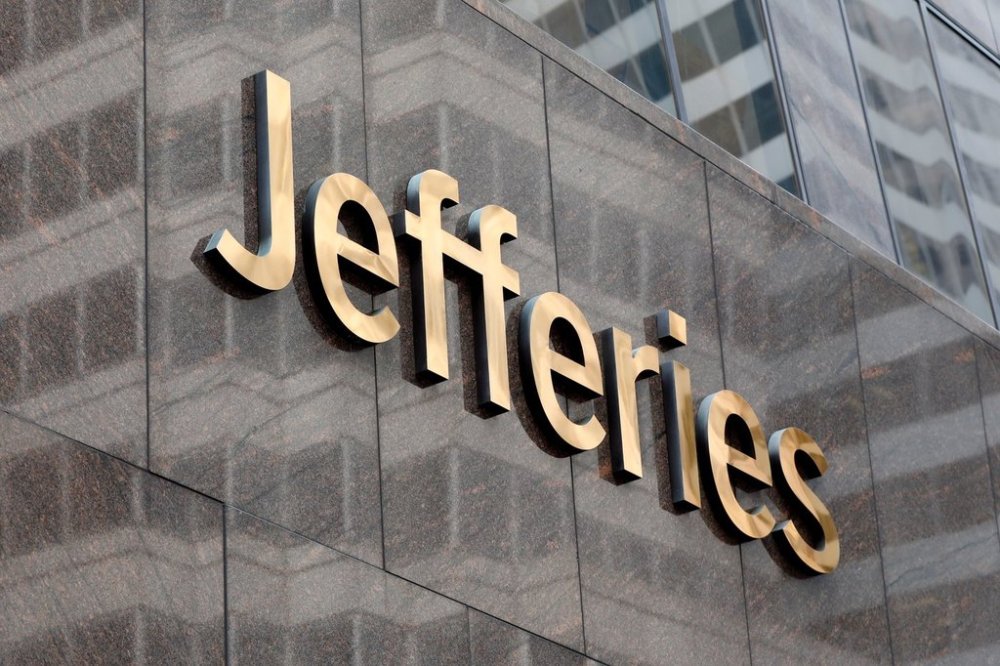Regional banks’ bad loans spark concerns on Wall Street
Advertisement
Read this article for free:
or
Already have an account? Log in here »
To continue reading, please subscribe:
Monthly Digital Subscription
$1 per week for 24 weeks*
- Enjoy unlimited reading on winnipegfreepress.com
- Read the E-Edition, our digital replica newspaper
- Access News Break, our award-winning app
- Play interactive puzzles
*Billed as $4.00 plus GST every four weeks. After 24 weeks, price increases to the regular rate of $19.00 plus GST every four weeks. Offer available to new and qualified returning subscribers only. Cancel any time.
Monthly Digital Subscription
$4.75/week*
- Enjoy unlimited reading on winnipegfreepress.com
- Read the E-Edition, our digital replica newspaper
- Access News Break, our award-winning app
- Play interactive puzzles
*Billed as $19 plus GST every four weeks. Cancel any time.
To continue reading, please subscribe:
Add Free Press access to your Brandon Sun subscription for only an additional
$1 for the first 4 weeks*
*Your next subscription payment will increase by $1.00 and you will be charged $16.99 plus GST for four weeks. After four weeks, your payment will increase to $23.99 plus GST every four weeks.
Read unlimited articles for free today:
or
Already have an account? Log in here »
NEW YORK (AP) —
Wall Street is concerned about the health of the nation’s regional banks, after a few of them wrote off bad loans to commercial customers in the last two weeks and caused investors to wonder if there might be more bad news to come.
Zions Bank, Western Alliance Bank and the investment bank Jefferies surprised investors by disclosing various bad investments on their books, sending their stocks falling sharply this week. JPMorgan Chase CEO Jamie Dimon added to the unease when he warned there might be more problems to come for banks with potentially bad loans.

“When you see one cockroach, there are probably more,” Dimon told investors and reporters on Tuesday, when JPMorgan reported its results.
The KBW Bank Index, a basket of banks tracked by investors, is down 7% this month.
There were other signs of distress. Data from the Federal Reserve shows that banks tapped the central bank’s overnight “repo” facilities for the second night in a row, an action banks have not needed to take since the Covid-19 pandemic. This facility allows banks to convert highly liquid securities like mortgage bonds and treasuries into cash to help fund their short-term cash shortfalls.
Zions Bancorp shares sank Thursday after the bank wrote off $50 million in commercial and industrial loans, while Western Alliance fell after the bank alleged it had been defrauded by an entity known as Cantor Group V LLC. This came on top of news from Jefferies, which told investors it was might experience millions of dollars in losses from its business with bankrupt auto parts company First Brands.
All three stocks recovered a bit Friday. Jefferies’ CEO told investors that the company believes it was defrauded by First Brands and there were no broader concerns in the lending market.
The last banking flare up, in 2023, also involved mid-sized and regional banks that were overly exposed to low-interest loans and commercial real estate. The crisis caused Silicon Valley Bank to fail, followed by Signature Bank, and led to the eventual sale of First Republic Bank to JPMorgan Chase in a fire sale. Other banks like Zions and Western Alliance ended up seeing their stocks plummet during that time period.
While banks do fail or get bought at fire sale prices, all bank deposits are insured by the Federal Deposit Insurance Corporation, up to $250,000 per account, in case of a bank failure. In the nearly 100 years since the FDIC was created in 1933, not one depositor has lost their insured funds.
Still, even the larger banks aren’t immune in this latest round of trouble. Several Wall Street banks disclosed losses this week in the bankruptcy of Tricolor, a subprime auto dealership company that collapsed last month. Fifth Third Bank, a larger regional bank, recorded a $178 million loss from Tricolor’s bankruptcy.
That said, the big banks believe that any losses will be manageable and do not reflect the broader economy.
“There is no deterioration, we’re very confident with our credit portfolio,” Deutsche Bank CEO Christian Sewing said, in an interview on Bloomberg Television on Friday.
While the big Wall Street banks get most of the media and investor attention, regional banks are a major part of the economy, lending to small-to-medium sized businesses and acting as major lenders for commercial real estate developers. There are more than 120 banks with between $10 billion and $200 billion in assets, according to the FDIC.
While big, these banks can run into trouble because their businesses are not as diverse as the Wall Street money center banks. They’re often more exposed to real estate and industrial loans, and don’t have significant businesses in credit cards and payment processing that can be revenue generators when lending goes south.

